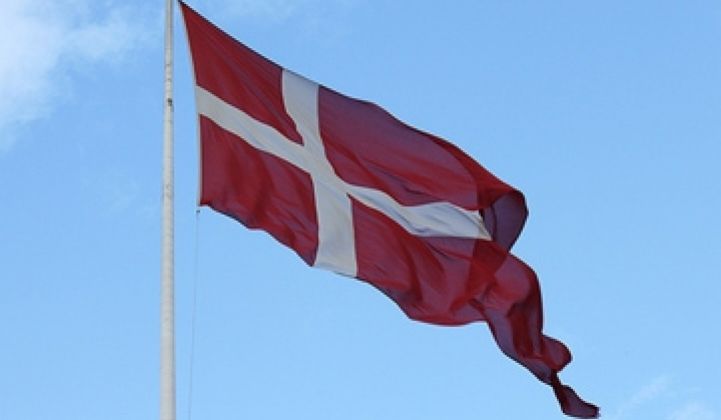Starting next week, delegates from industrial and developing nations will gather to hopefully hammer out a global treaty that should benefit greentech companies, though not to the same degree across the board.
Nearly 200 countries will take part in the two-week meeting in Copenhagen to agree on a plan to succeed the Kyoto Protocol, which was adopted in 1997 to curb global warming. Under the protocol, 37 industrialized nations agreed to cut emissions to an average of 5 percent below the 1990 levels by the end of 2012. They also agreed to key measures for achieving that goal.
The protocol has promoted greentech development, though its impact might not be as significant as policies in individual countries that provide incentives for specific types of renewable energy and energy efficiency technologies.
Plus, businesses that are major emitters, such as coal-fired power plant producers or oil refineries, typically seek the cheapest ways to meet emission-reduction requirements (see U.N. Climate Talk Poses Big Impact on Greentech). Newer technologies, such carbon capture-and-storage, that promise to significantly reduce emissions tend to be expensive.
The protocol has led the European Union to adopt of programs to allow its member countries and businesses to trade emissions allowances or buy carbon offsets in order to meet the increasing restrictions on the amounts of greenhouse gas emissions they could send into the atmosphere.
Under one of the programs called the Clean Development Mechanism, those in industrialized countries could invest in emission-reduction projects in developing countries. These projects could involve renewable electricity generation or scrubbing of greenhouse gas byproducts in factories.
Criticism has been mounting over the bureaucracy of carrying out the Clean Development Mechanism and whether some of the approved projects really met the criteria or made a big dent in cutting emissions.
Although a global effort to cut emissions is bound to benefit greentech companies, the impact won't be the same for all technologies, of course.
For example, the next anti-global warming treaty might not benefit solar technology developers as much or as soon as other types of renewable energy generation, analysts say.
The list of registered projects under the Clean Development Mechanism shows that hydropower, wind, biogas and biomass projects are the top choices for carbon offset purchases. After those categories come the methane recovery, waste heat and nitrous oxide reduction, according to an analysis by Japan's Institute for Global Environmental Strategies.
Solar energy projects remain more expensive than wind and hydropower projects. Energy-efficiency technologies, which span a broad range of devices and software for conserving energy, such as using more efficient light bulbs and appliances, also are less costly to deploy.
On the other hand, the costs of generating solar electricity have been dropping. Large emitters such as China and India have announced ambitious plans to boost their countries' solar energy generation over the next decade (see India Wants 20GW of Solar by 2020 and Here Comes China's $3B, 'Golden Sun' Projects).
The United States wants to play a big role in drafting the deal in Copenhagen, and President Obama said the U.S. would agree to cutting its emissions by 17 percent below the 2005 levels by 2020. That's the same emissions goal in the climate change bill passed by the U.S. House of Representatives in June this year.
The Senate is working on it own version now, and isn't expected to pass a bill until early next year.
The U.S., the No. 2 emitter of the world, didn't sign the Kyoto Protocol because President Bush believed it would harm the U.S. economy. He also criticized its effectiveness because some of the developing countries, such as China, are among the largest polluters in the world but aren't bound by it.
Photo of Denmark's flag via Flickr/Creative Commons.



